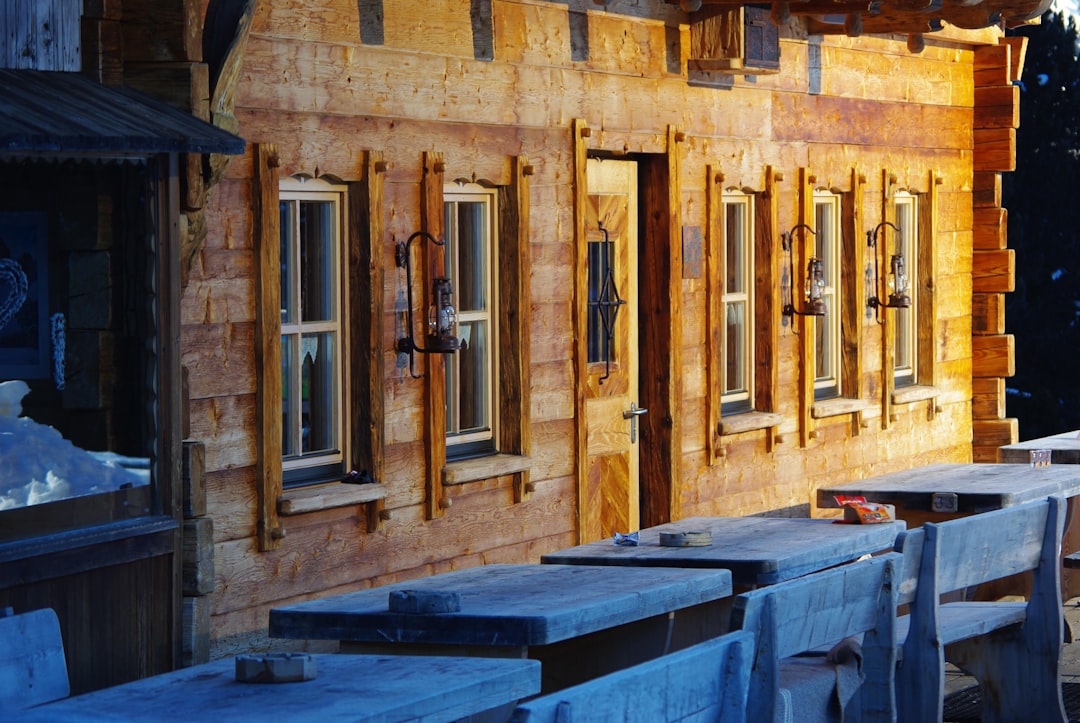
Baseboard installation costs can vary significantly based on several factors. As of 2025, the average cost for labor to install baseboard ranges from $650 to $1200 per opening, depending on complexity and location. For construction professionals, understanding these costs is crucial to maintaining project budgets and timelines.
Accurate cost estimation involves considering:
Utilizing AI-driven tools can streamline these calculations, ensuring precise estimates.
AI-powered estimation tools convert room descriptions into structured data, pulling regional labor rates to provide real-time cost updates. This technology ensures that estimates remain accurate, even as market conditions change.
Professional crews follow a structured workflow, including:
These practices ensure high-quality results and minimize callbacks.
Professional carpenters use scribe cuts to address floor irregularities, ensuring a perfect fit.
AI-backed cut lists optimize material usage, reducing waste and costs.
Integrating estimates with scheduling software helps avoid delays and ensures timely project completion.
Labor rates are influenced by:
Accurate tracking of these variables prevents unexpected overtime charges.
A recent project involved replacing baseboards in a Craftsman home, with AI-driven estimates predicting labor hours accurately, resulting in high client satisfaction.
While DIY may seem cost-effective, professional installation ensures quality and efficiency, freeing up time for other project aspects.

Tracking productivity benchmarks helps optimize labor efficiency. For typical MDF installations, professionals achieve 18-22 linear feet per hour. Complex profiles may reduce this rate due to additional coping and sanding requirements.
Comprehensive training programs ensure that crews are skilled in advanced techniques, reducing errors and improving client satisfaction.
Partnering with skilled professionals ensures that every project is completed to the highest standards.